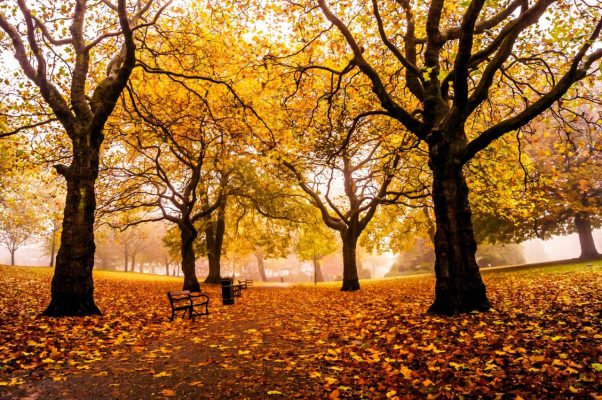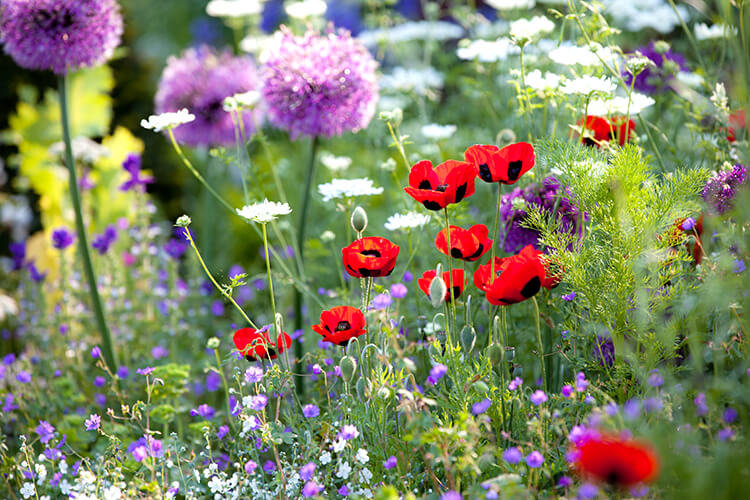
We collect basic website visitor information on this website and store it in cookies. We also utilize Google Analytics to track page view information to assist us in improving our website.
Written by: Bianca Marcellino
Phenology can be described as the timing of key life history events that occur in a plant’s life such as emergence, reproduction or leaf drop.

Factors such as warmer temperatures in the spring or day length (photoperiod), govern the timing of leaf emergence, bud burst, and leaf drop. Plants are highly adapted to these cues in their respective regions. When shifts occur due to factors like climate warming, it can result in an earlier emergence of spring, forcing plant phenological events to occur earlier in the year.

There is much diversity in the phenological responses of plants. Some may adapt their life history events to occur earlier in response to climatic shifts, while others may not. This can be problematic for ecosystem health if non-native plants adapt to this change and native plants do not. This scenario could reduce or eliminate introduced species’ native competitors, and could easily foster non-native propagation.
Earlier flowering of non-native species has been linked to their improved geographic spread. This allows the nonnative species the opportunity to establish itself in the new ecosystem and to more efficiently disperse its seeds, gaining a competitive advantage over native species.

Phenologically-assisted invasions by non-native species are often very difficult to control once they've become well-established within an ecological community. However, there are some strategies gardeners and the general public can employ to help prevent this. These strategies fall into two main categories:
Prevention is often the best strategy when dealing with invasive species management. By choosing to plant native species, you are helping to prevent local establishment of non-native competitors. In this way, you're contributing to the maintainance and restoration of ecosystem balance in your community.
Join our email list to receive occasional updates about Network of Nature and ensure you get the news that matters most, right in your inbox.